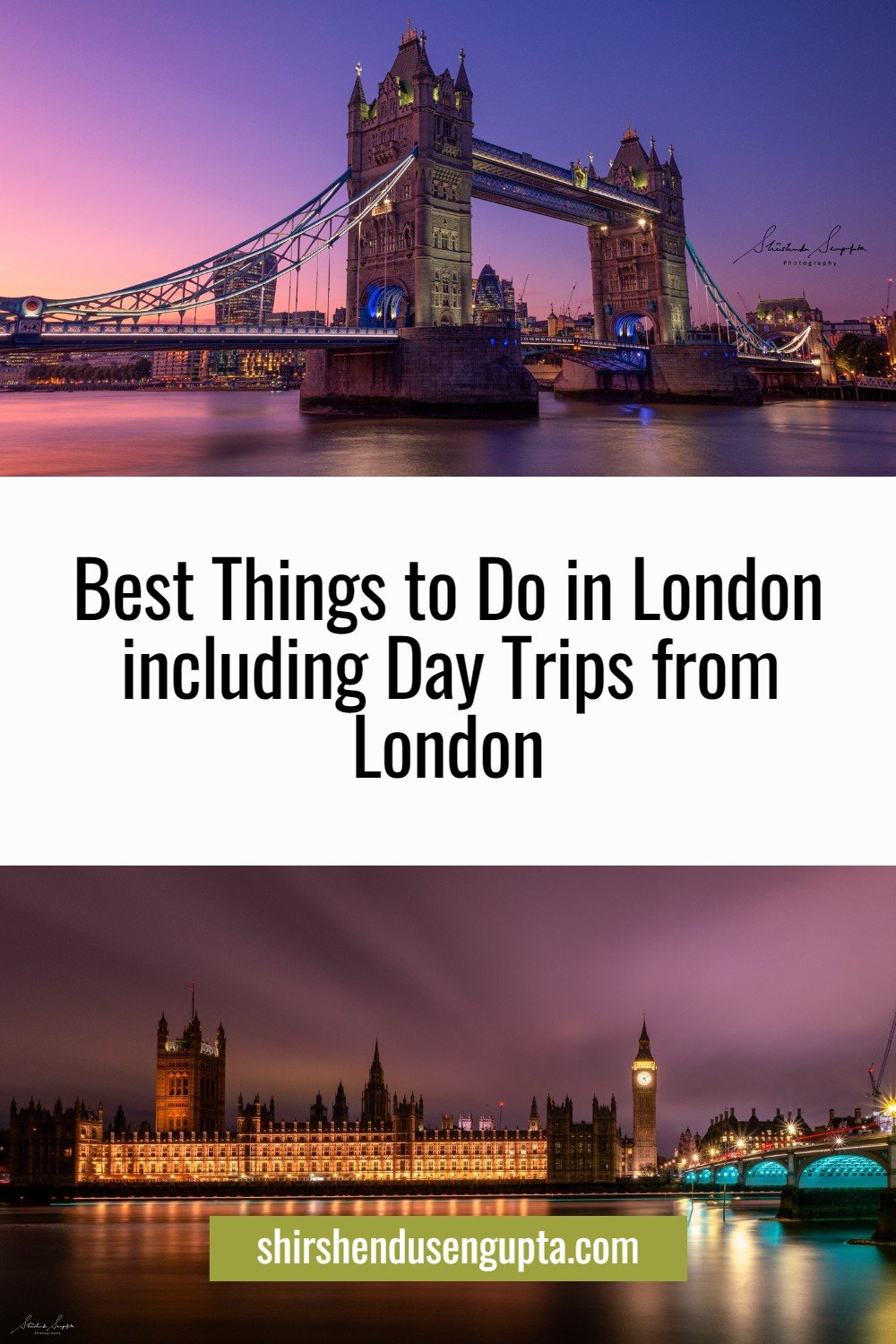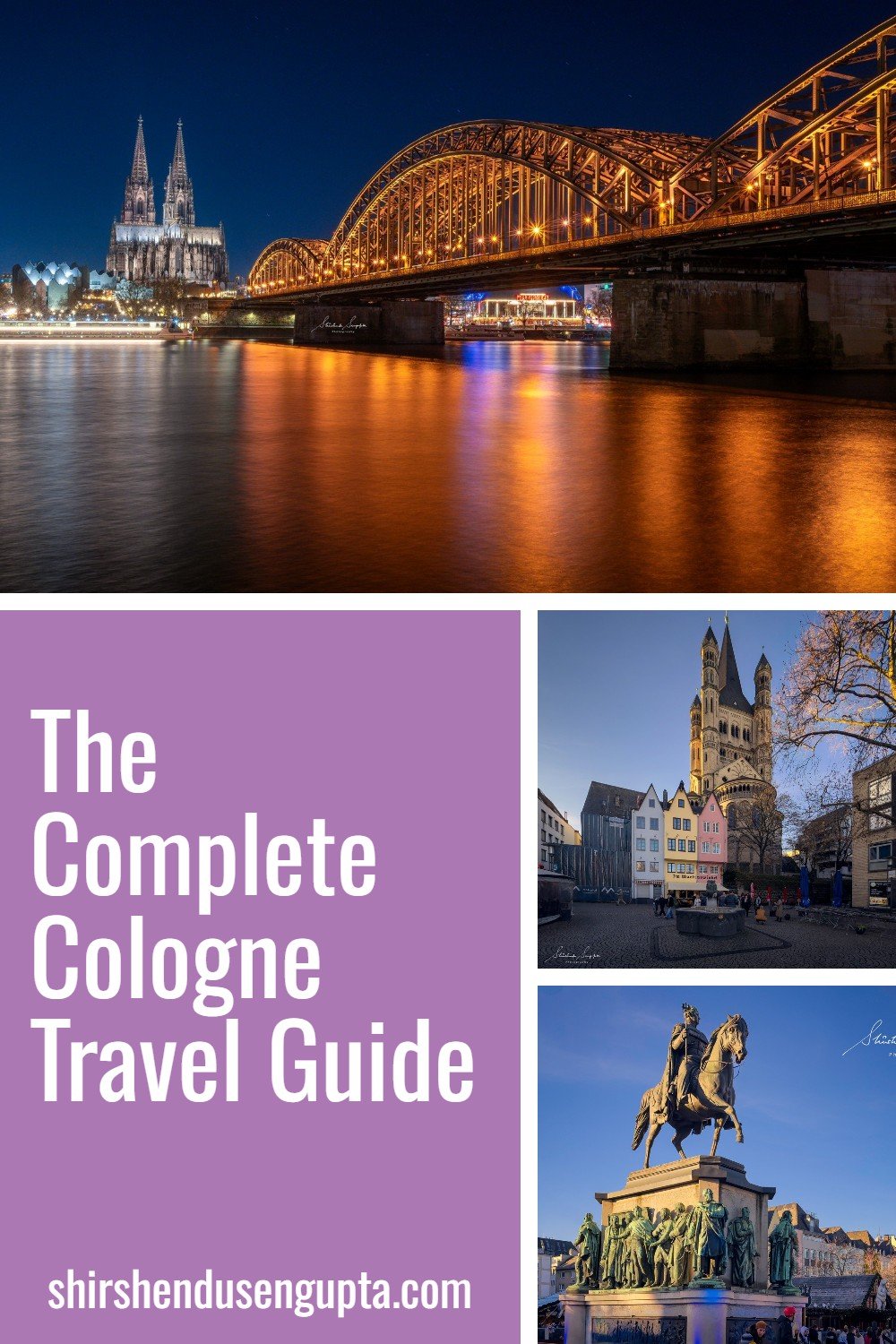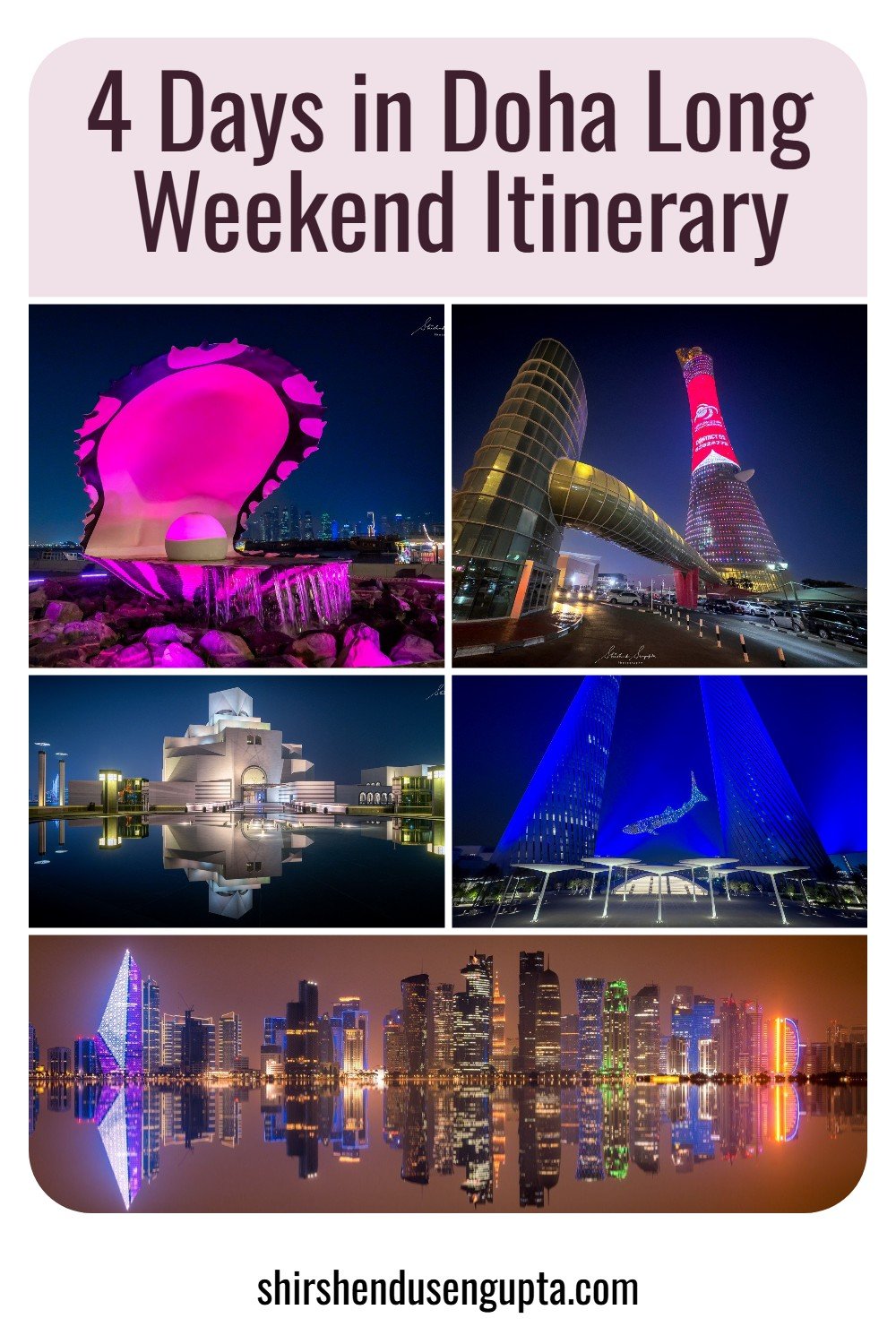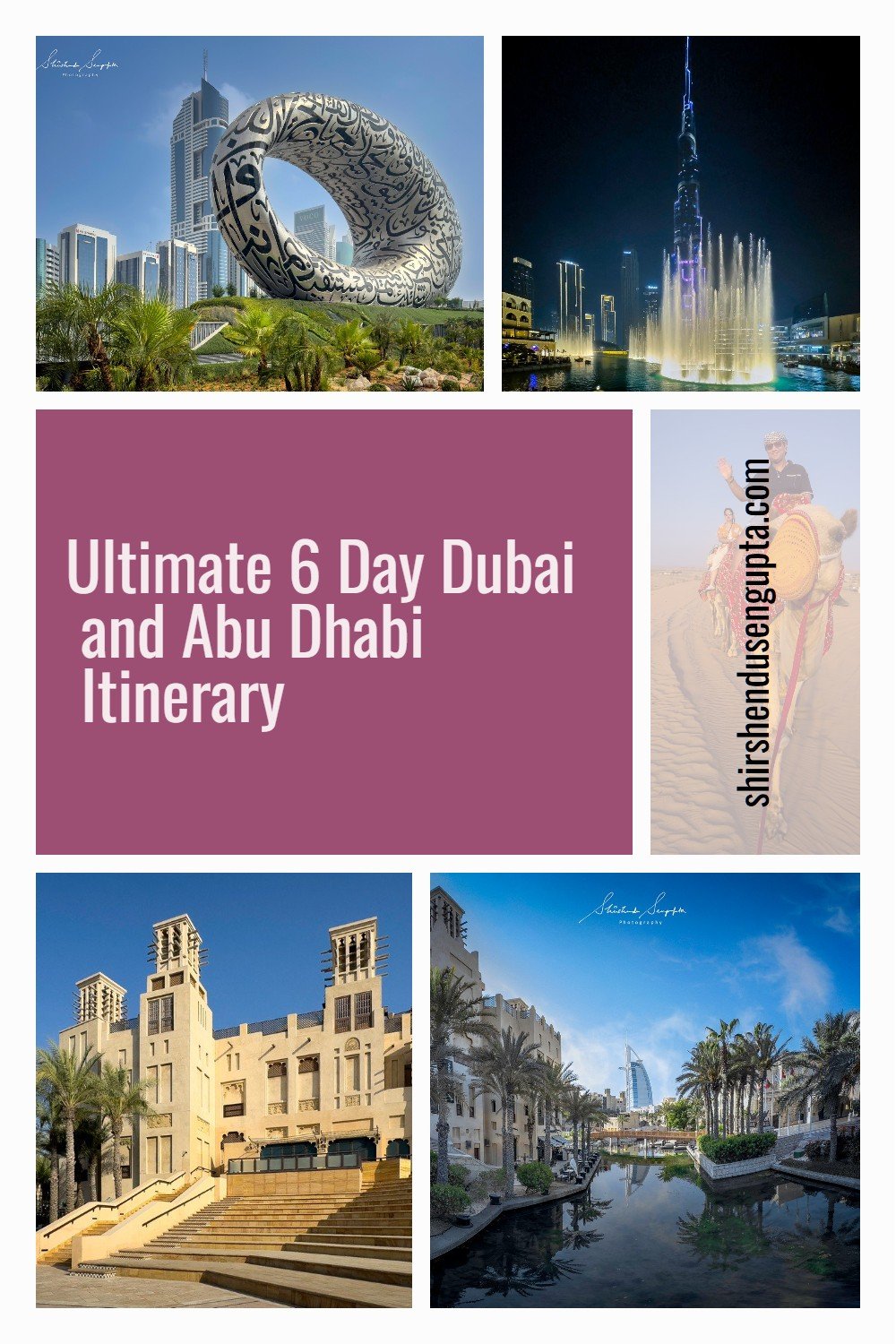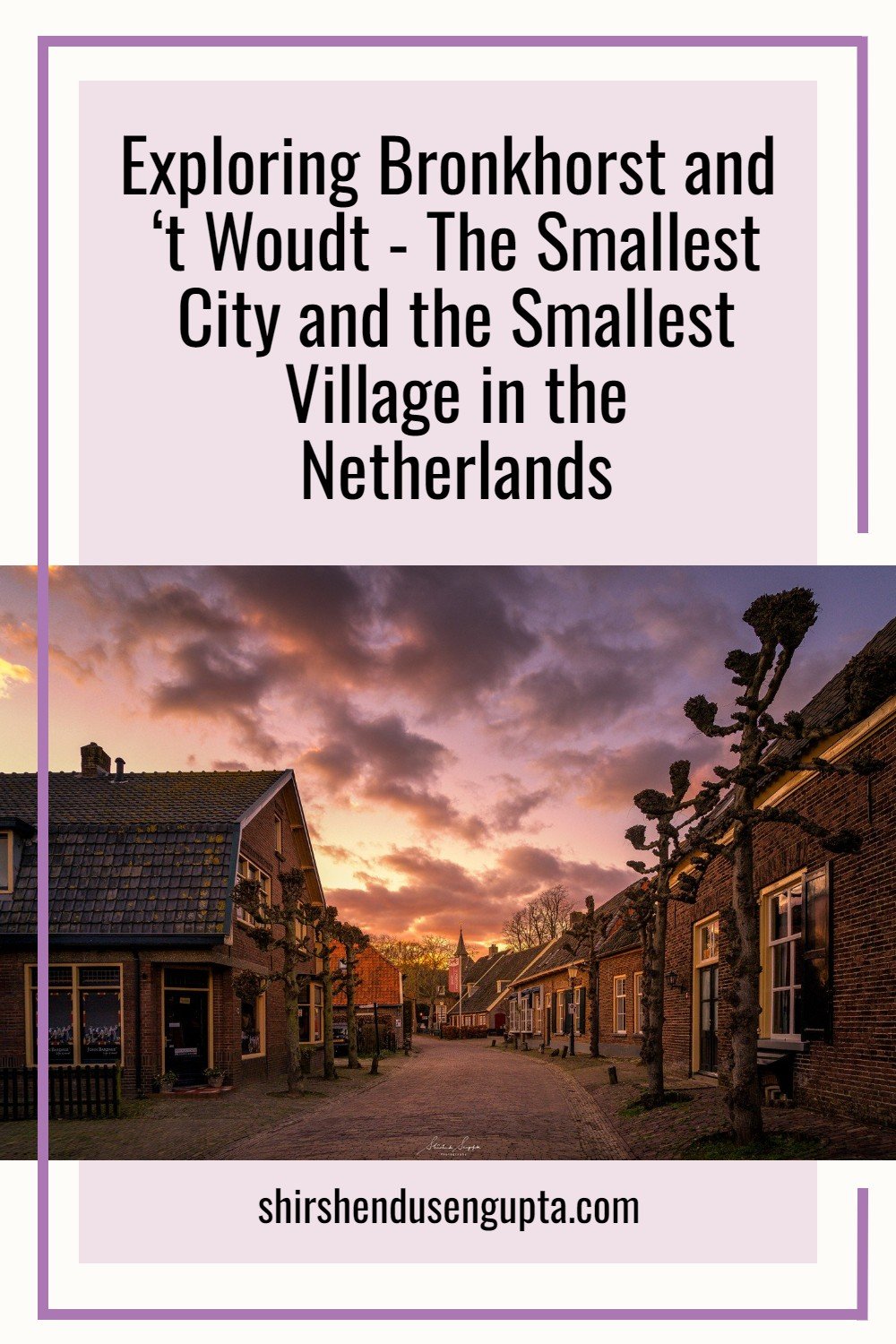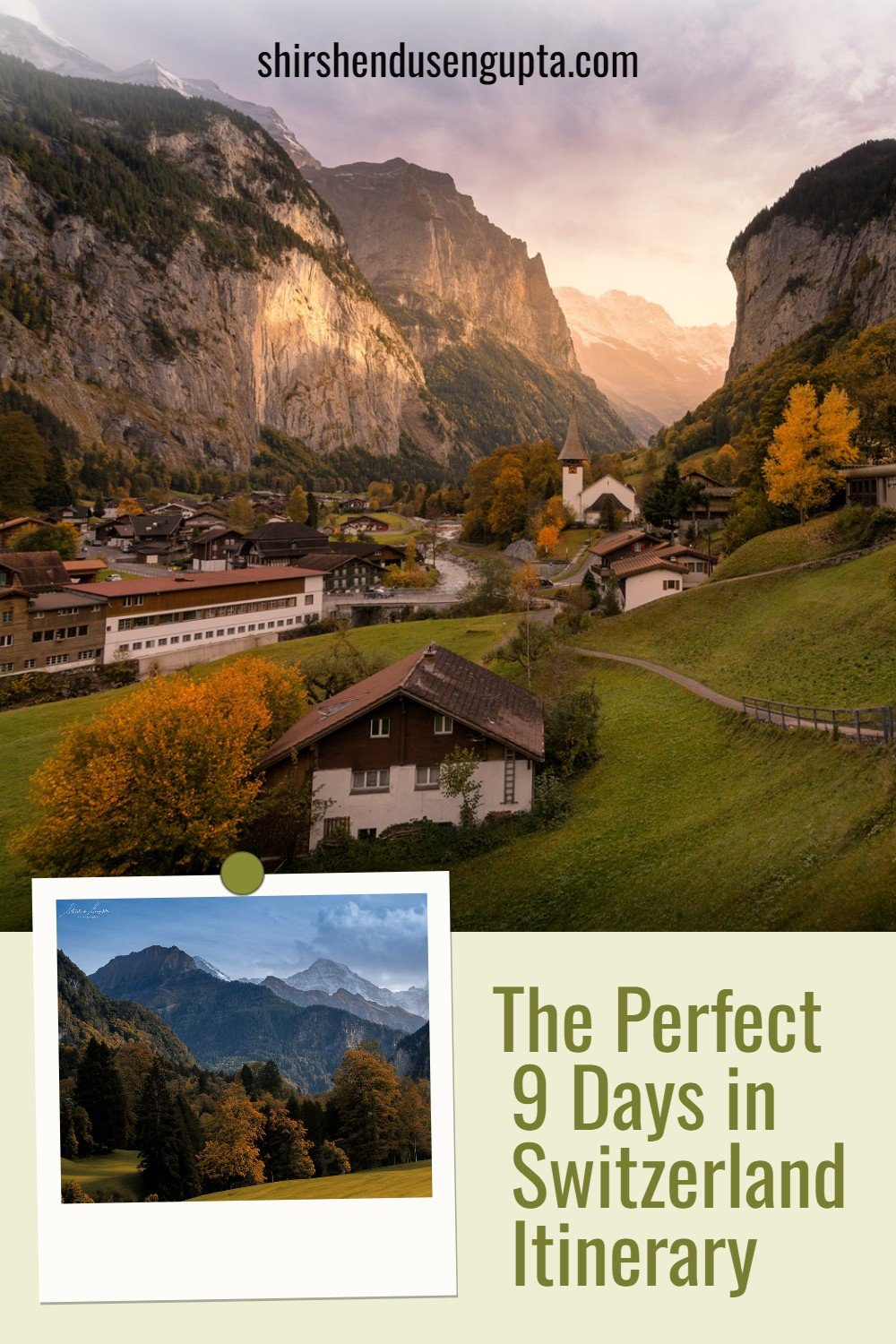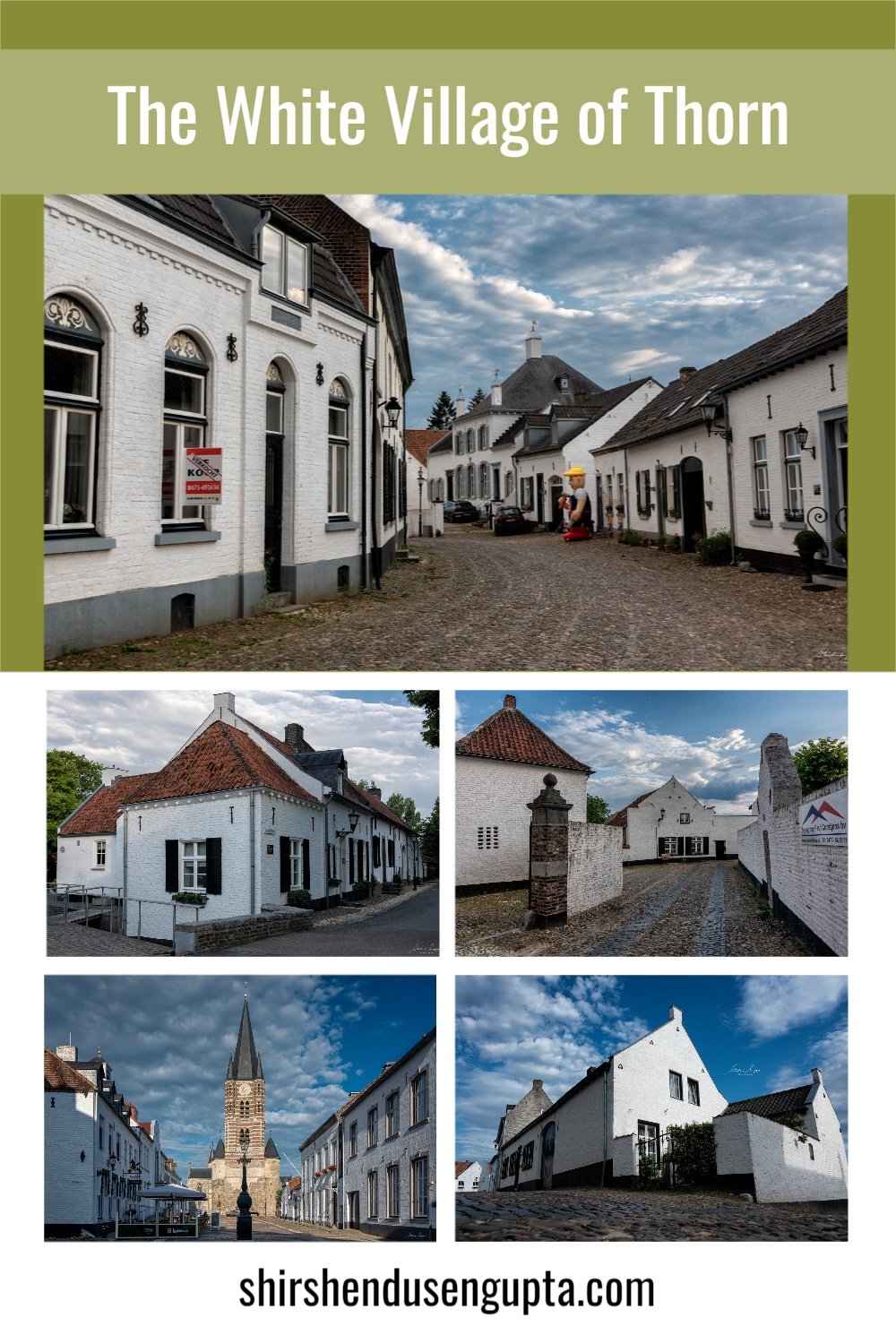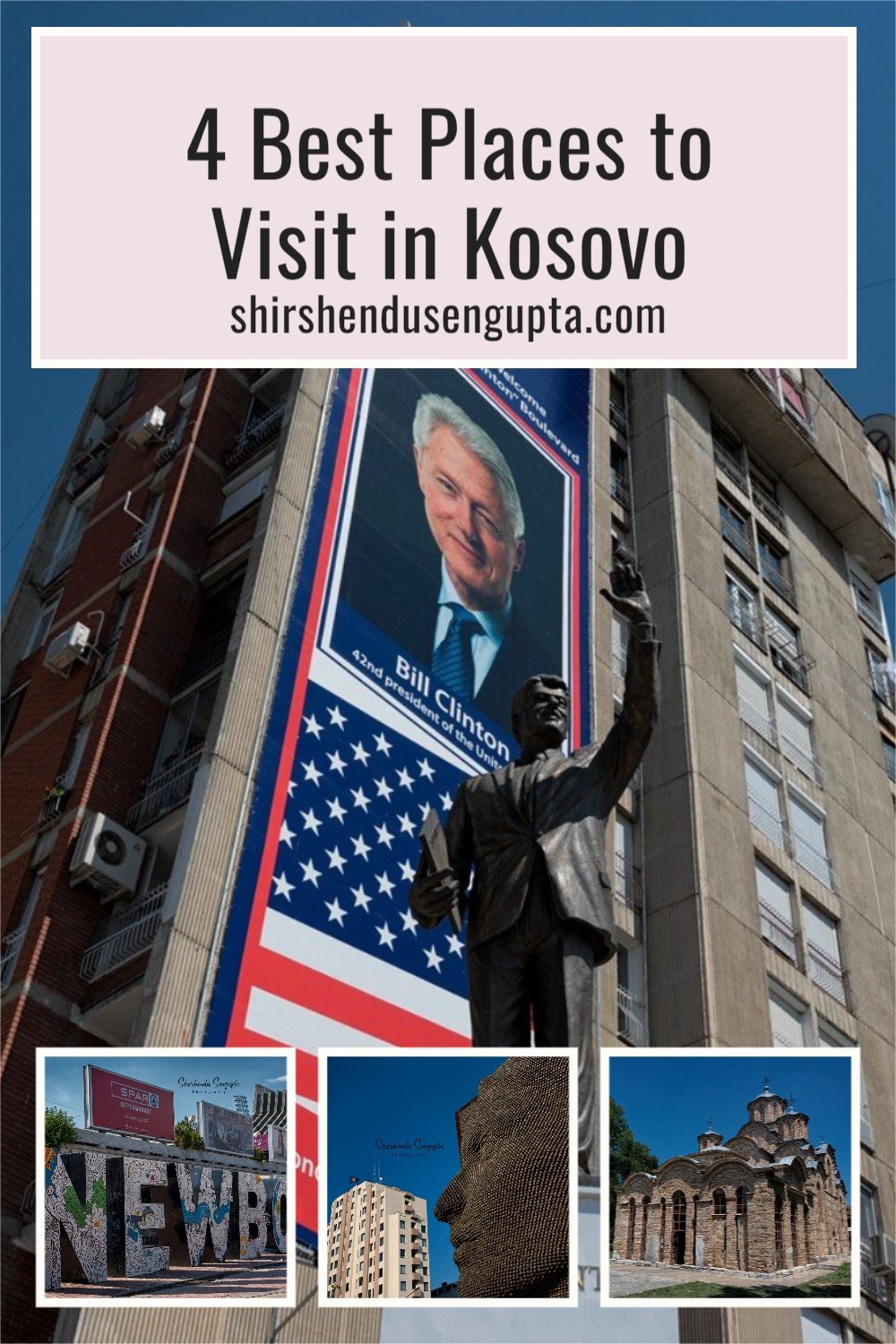14 Best Things to Do in London including Day Trips from London | Top 14 Places to Visit and Must See Attractions in and around London, England, United Kingdom
Prologue
During a magical Christmas, we embarked on an unforgettable adventure, The British Isles in 2 Weeks | 4000 km Road Trip across Great Britain (England, Scotland, Wales) and Ireland (Republic of Ireland, Northern Ireland) from the Netherlands | Itinerary, Tips, and Tricks. What began as a simple plan soon turned into one of the most extraordinary journeys of our lives - a blend of coastal drives, medieval towns, misty castles, and heartwarming encounters that revealed the true soul of these storied isles. Every mile brought a new landscape, every turn whispered a new story, and every city left behind a piece of our hearts. So, based on our experience, today I’m going to take you along with me on a ride across the 14 best things to do in London, including day trips from London. Let the journey begin!
Welcome to England
Welcome to England, a land of rich history, iconic landmarks, and breathtaking landscapes. As the largest country in the United Kingdom, England has been at the heart of European history for centuries, shaping global culture, politics, and innovation. Its roots trace back to prehistoric times, with evidence of early settlements such as Stonehenge. The Roman conquest in AD 43 brought urbanization, roads, and bathhouses, remnants of which still exist in places like Bath and London. After the fall of Rome, Anglo-Saxons dominated until the Norman Conquest of 1066, which transformed England’s legal and political system. The medieval era saw the rise of iconic castles, cathedrals, and the Magna Carta (1215), which laid the foundation for modern democracy. The Tudor and Stuart periods witnessed England’s expansion into a global empire, the rise of Shakespearean literature, and the turbulence of the English Civil War. The Industrial Revolution (18th – 19th century) cemented England as a world leader in technological and economic progress, with London at its heart.
Today, England is a dynamic blend of the past and present, offering everything from grand palaces and historic cathedrals to modern skyscrapers and vibrant cities. Whether exploring its countryside or bustling metropolis, England promises an unforgettable journey through history and culture!
About London
London, the capital of England and the United Kingdom, is a city steeped in history, culture, and innovation. Founded by the Romans as Londinium in AD 43, it quickly became a thriving trade hub. After the fall of the Roman Empire, the city evolved through Saxon, Viking, and Norman rule, with landmarks like the Tower of London symbolizing its medieval strength. The Tudor era saw London flourish as a center of arts and politics, with figures like William Shakespeare and Henry VIII shaping its legacy. The Great Fire of 1666 devastated much of the city, but visionary architect Sir Christopher Wren rebuilt it, including the magnificent St. Paul’s Cathedral. By the 19th century, London was the heart of the vast British Empire, leading the world in finance, industry, and culture. Despite enduring World War II bombings, London emerged as a resilient global metropolis.
Today, it harmonizes historic grandeur with contemporary vibrancy, offering iconic sites such as Buckingham Palace, Big Ben, and Tower Bridge. Whether exploring royal heritage, world-class museums, or modern attractions, London remains a city of endless discovery, making it a perfect destination for both first-time visitors and seasoned travelers alike.
14 Best Things to Do in London including Day Trips from London
1. Get a Stunning View of St. Paul’s Cathedral from Millenium Bridge
The Millennium Bridge, a striking steel suspension footbridge spanning the River Thames, connects St. Paul’s Cathedral on the North Bank with Tate Modern and Shakespeare’s Globe Theatre on the South Bank. Opened in 2000, it was designed by architect Sir Norman Foster, sculptor Sir Anthony Caro, and engineering firm Arup. This sleek, futuristic structure quickly earned the nickname "Wobbly Bridge" due to its unexpected swaying motion, prompting engineers to close and stabilize it within two days of its unveiling. Since reopening in 2002, it has become a beloved pedestrian walkway offering stunning views of London’s skyline. The bridge symbolizes London’s blend of modern innovation and historic charm, standing near landmarks dating back centuries. Its cinematic presence in movies like Harry Potter and the Half-Blood Prince has made it even more iconic.
At the northern end of the bridge stands St. Paul’s Cathedral, one of London’s most recognizable landmarks. A masterpiece of English Baroque architecture, St. Paul’s Cathedral has dominated London’s skyline for over 300 years. The current cathedral, designed by Sir Christopher Wren, was completed in 1710 after the Great Fire of London destroyed the original medieval structure. Its grand dome, inspired by St. Peter’s Basilica in Rome, is one of the largest in the world and offers breathtaking panoramic views from its Golden Gallery. St. Paul’s has witnessed significant historical events, including the funerals of Winston Churchill and Lord Nelson and the wedding of Prince Charles and Princess Diana. Its crypt houses the tombs of notable figures, and its Whispering Gallery demonstrates remarkable acoustics. The cathedral remains a symbol of resilience, having survived heavy bombing during World War II.
2. Take a stroll by the Tower Bridge
Tower Bridge, one of London’s most recognizable landmarks, is a striking combination of Victorian engineering and Gothic revival architecture. Completed in 1894, the bridge was designed to ease road traffic congestion while allowing tall ships to pass along the River Thames. The project took 8 years, 5 contractors, and 432 workers to complete, using over 11,000 tons of steel.
Designed by Sir John Wolfe Barry and Sir Horace Jones, Tower Bridge is a bascule (drawbridge) and suspension bridge, meaning its central sections can be lifted to allow ships to pass through. The original mechanism was powered by steam-driven hydraulic pumps, which were later replaced with an electronic system in 1976. The bridge’s two neo-Gothic towers, influenced by the nearby Tower of London, add to its striking architectural appeal. Unlike what many believe, it is not the "London Bridge" of nursery rhyme fame. Tower Bridge has stood through major historical moments, from the Blitz in World War II to modern-day celebrations like the 2012 Olympics.
Today, visitors can walk across the high-level glass-floored walkways, which offer stunning panoramic views of London. The Tower Bridge Exhibition inside the bridge showcases its fascinating history, including the original Victorian engine rooms. Whether you admire it from the riverbanks, sail underneath, or walk across its towering structure, Tower Bridge remains one of the most spectacular sights in London.
3. Take a postcard-perfect picture of Big Ben and the Houses of Parliament
Big Ben, often mistakenly used to refer to the entire clock tower, actually denotes the 13.5-ton Great Bell inside which chimes on the hour with a deep, resonant sound. The tower itself, originally called the Clock Tower, was renamed Elizabeth Tower in 2012 to honor Queen Elizabeth II’s Diamond Jubilee. Completed in 1859 as part of the Houses of Parliament’s reconstruction after a devastating fire in 1834, Big Ben remains one of the world’s most famous timepieces. Designed by architect Augustus Pugin, its neo-Gothic style complements the grandeur of Westminster. The tower has withstood wartime bombings and remains a symbol of British resilience. While visitors can no longer tour the inside of Big Ben due to restoration work, the tower remains one of the best places for photographs in the city, especially when lit up at night. In addition to being a tourist attraction, Big Ben has also been a cultural touchstone, appearing in countless films, television shows, and books.
Next to the Big Ben, stands the Houses of Parliament, officially known as the Palace of Westminster, that serves as the heart of British democracy. Originally a royal residence, it became the seat of government in the 13th century. The current Gothic Revival structure, designed by Sir Charles Barry after the Great Fire of 1834, houses the House of Commons and the House of Lords. Notable events include the Gunpowder Plot of 1605, when Guy Fawkes attempted to blow up the building. Today, visitors can tour its historic chambers, marvel at its intricate architecture, and witness debates shaping the nation.
4. Visit the Westminster Abbey
Westminster Abbey, a UNESCO World Heritage Site, is one of the most significant religious and historical landmarks in London. Founded in 960 AD as a Benedictine monastery, it was rebuilt in 1245 by King Henry III in the Gothic architectural style and has since been the setting for numerous royal coronations, weddings, and burials. Every British monarch since William the Conqueror in 1066 has been crowned at Westminster Abbey, including Queen Elizabeth II in 1953 and King Charles III in 2023. It has also witnessed grand royal weddings, such as Prince William and Catherine Middleton’s in 2011, and the funeral of Princess Diana. The abbey serves as the final resting place for over 3,300 prominent figures, including Sir Isaac Newton, Charles Darwin, Geoffrey Chaucer, and Stephen Hawking. The Poet’s Corner, dedicated to literary greats, honors legendary writers like William Shakespeare, Charles Dickens, and Jane Austen. The Abbey is also home to the tombs of British monarchs, including Queen Elizabeth I and Mary, Queen of Scots.
Visitors can explore the abbey’s breathtaking Gothic design, with intricate stone carvings, soaring arches, grand nave, beautiful stained-glass windows, medieval cloisters, and the magnificent Henry VII Lady Chapel. The Coronation Chair, used for every British monarch’s crowning since 1308, remains a highlight. Whether you visit for its spiritual significance, royal history, or architectural beauty, Westminster Abbey is a must-see destination in London.
5. Get panoramic views of the city from the London Eye
The London Eye, Europe’s tallest Ferris wheel and one of the world’s most famous Ferris wheels, stands as a symbol of modern London. Originally built as a temporary attraction for the Millennium celebrations in 2000, its popularity led to it becoming a permanent fixture on the South Bank of the River Thames. Designed by David Marks and Julia Barfield, the London Eye was, at the time, the tallest Ferris wheel in the world, standing at 135 meters (443 feet).
Its 32 high-tech glass capsules — representing London’s 32 boroughs — offer breathtaking 360-degree views of the city. A full rotation takes around 30 minutes, giving visitors a chance to see landmarks like Big Ben, the Houses of Parliament, Buckingham Palace, St. Paul’s Cathedral, Tower Bridge, and The Shard from a unique perspective. The ride is particularly enchanting at sunset or at night when London is illuminated.
Over the years, the London Eye has been featured in numerous films, including the Harry Potter series and Fantastic Four. It is also a prime location for special events, often lighting up in different colors to commemorate national celebrations. Whether you're a first-time visitor or a returning traveler, a ride on the London Eye offers an unforgettable experience of the city’s skyline.
6. Marvel at the London Skyline
London’s skyline is a striking mix of historic landmarks and contemporary skyscrapers. From medieval structures like St. Paul’s Cathedral to modern marvels like The Shard, the city’s architectural evolution reflects its rich history. Notable buildings include the Gherkin, the Walkie-Talkie, and the Cheesegrater, each with its unique design. The River Thames provides a scenic backdrop, with bridges connecting London’s bustling districts. Viewing points like the London Eye and Sky Garden offer breathtaking perspectives of this dynamic metropolis.
7. Get up close to the Shard
The Shard, Western Europe’s tallest building at 310 meters, redefines London’s skyline. Designed by architect Renzo Piano and completed in 2012, its glass façade resembles a shard of glass piercing the sky. The building houses offices, luxury apartments, restaurants, and the five-star Shangri-La Hotel. ‘The View from The Shard,’ a popular observation deck spanning the 68th, 69th, and 72nd floors, provides unmatched panoramic views of London, stretching up to 40 miles (64 km) on a clear day.
The Shard is also home to world-class dining experiences, including Aqua Shard, Hutong, and Oblix, where guests can enjoy fine dining with a stunning cityscape backdrop. At night, the building is often illuminated, adding to London’s vibrant city lights. Whether you’re visiting for the views, dining, or photography, The Shard offers an unforgettable experience of London’s ever-evolving architectural landscape.
8. Take in the ambiance at the Trafalgar Square
Trafalgar Square is one of London’s most famous public spaces, steeped in history and political significance. It was built in the early 19th century to commemorate Britain’s victory at the Battle of Trafalgar (1805), in which Admiral Lord Nelson defeated the French and Spanish fleets. The square’s centerpiece is Nelson’s Column, a 52-meter (169-foot) monument honoring the naval hero, surrounded by four bronze lion statues designed by Sir Edwin Landseer.
Designed by architect John Nash and completed in the 1840s, Trafalgar Square has served as a gathering place for celebrations, protests, and public events. It hosts New Year’s Eve festivities, cultural festivals, and political demonstrations. The square is also home to the National Gallery, housing masterpieces by Van Gogh, Rembrandt, and Turner, and St Martin-in-the-Fields, a historic church known for its classical music concerts. The fountains in Trafalgar Square, originally installed in 1845, are a favorite spot for visitors.
9. Feel the vibe at the Piccadilly Circus
Piccadilly Circus is one of London’s most vibrant and bustling locations, often compared to Times Square in New York for its bright neon signs and lively atmosphere. Established in 1819 as a major road junction linking Piccadilly, Regent Street, and Shaftesbury Avenue, it quickly became a focal point of entertainment and commerce.
One of the square’s most famous features is the Shaftesbury Memorial Fountain, built in 1893 to honor Lord Shaftesbury, a philanthropist known for social reforms. The fountain is topped by the statue of Anteros, the Greek god of selfless love, though many mistake it for Eros, the god of love. In the early 20th century, Piccadilly Circus became known for its illuminated advertising billboards, which continue to be a defining characteristic today. The area is surrounded by historic theaters, luxury shops, and entertainment venues, including the Criterion Theatre and the London Pavilion. Nearby, Leicester Square, Soho, and Chinatown add to the area’s appeal.
Whether you're watching street performers, taking photos of the famous neon signs, or heading to a West End theater show, Piccadilly Circus is a must-visit destination that captures the energy and spirit of London.
10. Go luxury shopping at Harrods
Harrods, London’s most prestigious department store, is synonymous with luxury, elegance, and British heritage. Established in 1849 by Charles Henry Harrod as a small grocery shop in Knightsbridge, it expanded into a grand emporium, quickly gaining a reputation for high-quality goods and exceptional service. By the late 19th century, Harrods had transformed into the world’s most famous department store, catering to royalty, celebrities, and elite shoppers.
The store’s Egyptian Hall, with its opulent decor, and the Food Halls, offering world-class delicacies, are major attractions. Harrods is also famous for its seasonal window displays and extravagant Christmas celebrations, making it a must-visit shopping destination. The motto "Omnia Omnibus Ubique" (All Things for All People, Everywhere) reflects its commitment to offering a vast range of products, from haute couture to gourmet chocolates.
In 1985, Harrods was acquired by Egyptian businessman Mohamed Al-Fayed, who further elevated its luxury status. Today, under Qatari ownership, Harrods continues to attract millions of visitors annually. Even if you don’t plan on shopping, a visit to Harrods provides a glimpse into Britain’s love for grandeur and indulgence. Don’t forget to explore the Princess Diana and Dodi Al-Fayed Memorial inside the store.
11. Visit the Buckingham Palace
Buckingham Palace, the official residence of the British monarch, is one of London’s most iconic landmarks. Originally built as a townhouse for the Duke of Buckingham in 1703, it was acquired by King George III in 1761 and later transformed into a royal palace by King George IV in the 1820s. It became the official home of the British monarchy in 1837 when Queen Victoria ascended the throne.
The palace has since been the backdrop of significant royal events, from coronations to balcony appearances during national celebrations. It boasts 775 rooms, including opulent State Rooms, a grand ballroom, and an extensive garden covering 39 acres. While the interior remains private for most of the year, visitors can explore the State Rooms during summer openings.
One of the most popular attractions at Buckingham Palace is the Changing of the Guard ceremony, a spectacle of British tradition and military precision that takes place in front of the palace. The Royal Standard flag flying atop the palace signals when the monarch is in residence. Whether you admire its grandeur from the outside or tour its lavish interiors, Buckingham Palace is a must-visit to experience the heart of British royalty.
12. Explore the Tower of London
The Tower of London, a UNESCO World Heritage Site, stands as a symbol of British history, power, and intrigue. Built in 1066 by William the Conqueror as a fortress and royal residence, it later evolved into an infamous prison, execution site, and home to the Crown Jewels.
Throughout its history, the Tower has witnessed betrayal, ambition, and mystery. It housed prominent prisoners, including Anne Boleyn, the second wife of Henry VIII, who was executed within its walls in 1536. Guy Fawkes, who plotted to blow up Parliament in 1605, was also imprisoned and tortured here. The fortress even played a role in the mysterious disappearance of the Princes in the Tower — two young heirs to the throne who vanished in the late 15th century.
Today, the Tower is one of London’s most visited attractions, with its Beefeaters (Yeoman Warders) offering entertaining historical tours. Visitors can explore the medieval White Tower, marvel at the Crown Jewels, and hear ghostly tales of its dark past. The resident ravens, said to protect the Tower and the monarchy, add to the legend. Whether you love history, royalty, or ghost stories, the Tower of London is a must-see destination.
13. Take a day trip to the iconic Stonehenge
Stonehenge, one of the world’s most mysterious prehistoric sites, has stood on Salisbury Plain for over 4,500 years. This UNESCO World Heritage Site consists of a ring of massive standing stones, some weighing up to 25 tons, arranged in an astronomical alignment. Archaeologists believe it was built in multiple phases between 3000 BC and 1500 BC, but its exact purpose remains debated.
Some theories suggest Stonehenge was an ancient observatory aligned with the solstices, while others propose it was a religious site, a burial ground, or a place of healing. The construction of Stonehenge is equally enigmatic — without modern machinery, early builders transported the massive bluestones from Wales, over 150 miles (240 km) away, demonstrating an advanced understanding of engineering.
Today, visitors can explore the site via a designated path, immersing themselves in the monument’s mystical aura. The Stonehenge Visitor Centre provides fascinating insights into its history through interactive exhibits and reconstructed Neolithic houses. Every year, during the summer and winter solstices, crowds gather to witness the sunrise and sunset, just as ancient civilizations may have done millennia ago. A day trip to Stonehenge from London offers a glimpse into Britain’s prehistoric past and its enduring mysteries.
To know more about Stonehenge and how to visit it, please read our article Visiting Stonehenge | A Complete Guide to England’s Most Mysterious Prehistoric Monument | History, Facts, Location, and Map.
14. Take a day trip to Bibury
Bibury, located in the picturesque Cotswolds area in West England, is often considered one of the prettiest villages in England. With its charming stone cottages, winding lanes, and tranquil riverside setting, Bibury is the perfect place for a peaceful escape from the hustle and bustle of London. You can stroll along Arlington Row, a row of beautiful 17th-century cottages lining the banks of the Coln River that have become one of the most photographed scenes in England. It even featured on the back of UK passports! It was transformed into a row of weavers' cottages in the 17th century after being constructed as a monastic wool store in the 14th century. The River Coln runs between the main village street and Rack Isle, a vast area of marshy water meadow so named because wool was previously placed there on racks to dry after being washed in Arlington Row. It creates one of the most gorgeous landscapes in the Cotswolds, especially with Arlington Row as the backdrop. The village’s beauty caught the attention of artist and designer William Morris, who called it "the most beautiful village in England." It has also been a filming location for movies like Stardust and Bridget Jones’s Diary.
Other attractions in Bibury include Bibury Trout Farm (one of the oldest trout farms in England covering almost 15 acres, where you can learn about trout or even catch your own dinner) and the St. Mary’s Church with a Saxon graveyard, a Norman doorway, and some fine medieval windows. A visit to Bibury offers a glimpse into rural England, making it a perfect day trip for those seeking peace, history, and natural beauty.
To know more about the best things to do in Bibury on a day trip, please read our article 7 Best Things to Do in the Beautiful Cotswolds Village of Bibury | Top 7 Must See Attractions and Activities on a Day Trip to Bibury, England, United Kingdom.
Visiting London
Best Time to Visit: The best time to visit London is during the spring (March to May) or autumn (September to November), when the weather is mild and the crowds are thinner. Summer (June to August) is the peak tourist season, so expect higher prices and larger crowds. Winter (December to February) can be cold, but it offers fewer tourists and the opportunity to experience Christmas lights and festivities. We visited London during the Christmas holidays.
Number of Days to Stay: To fully explore London and see its major attractions, a stay of 3 to 4 days is ideal. This allows you to visit landmarks, enjoy a few museums, and even take a day trip to nearby destinations like Stonehenge or Bibury. If you have more time, you can explore more of the city's neighborhoods and enjoy some of its unique cultural experiences.
Best Place to Stay: London offers a wide variety of accommodation options, ranging from luxury hotels to budget-friendly hostels. For a central location with easy access to major attractions, consider staying in areas like Covent Garden, Soho, or Westminster. These areas offer a good balance of convenience, restaurants, and public transport connections. If you're looking for a quieter neighborhood, Notting Hill and South Kensington are also excellent choices. Budget travelers can find affordable stays in King’s Cross or Paddington, while luxury seekers can indulge in the five-star hotels of Mayfair and Knightsbridge.
Best Way to Arrive: London is well-connected by air, with major international airports including Heathrow, Gatwick, and London City Airport. The Heathrow Express and Gatwick Express trains offer quick and direct transportation into central London. The Eurostar train from Paris and Brussels arrives at St Pancras International, making rail travel a great option for European visitors. If traveling domestically, London’s extensive National Rail network connects the city to all major UK destinations, while long-distance buses operate from Victoria Coach Station. We sailed from the port of Hoek van Holland (Hook of Holland) in the Netherlands along with our own car on the Stena Line ferry to the port of Harwich in England. Upon reaching Harwich, we drove to London in our car.
Best Local Mode of Conveyance: The best way to get around London is by using its extensive public transportation system, particularly the Tube and buses. An Oyster Card or contactless payment card makes traveling around the city easy and affordable. Black cabs are iconic but expensive, while ride-hailing apps like Uber and Bolt offer convenient alternatives. Alternatively, London also offers excellent bike-sharing schemes.
Epilogue
So that brings us to the end of our journey across the 14 best things to do in London, including day trips from London. Please let us know in the comments below if you enjoyed reading this article.
And if you want to read the day-by-day account of our 4000 km road run across all countries of the British Isles during Christmas, please visit our article The British Isles in 2 Weeks | 4000 km Road Trip across Great Britain (England, Scotland, Wales) and Ireland (Republic of Ireland, Northern Ireland) from the Netherlands | Itinerary, Tips, and Tricks. Until then, merry traveling and happy shooting!
Pin the article
Bookmark the article for reading later!
Want to license/buy photos in the article?
License photos for commercial/editorial use or buy photo prints!
Want us to write an article for you?
Articles for magazines, newspapers, and websites!
Watch our Videos
Check out our videos on our Youtube Channel!
Join the Newsletter
Get updates on our latest articles!
We respect your privacy. Read our policy here.
















